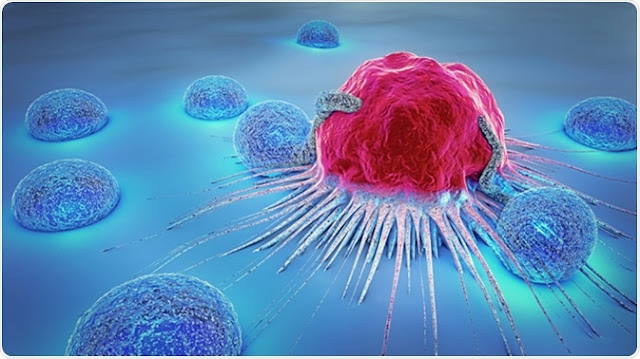Global Ion Exchange Resins Market to Witness robust growth with Samyang Corporation entering into a contract with Korea Hydro and Nuclear Power to supply ion exchange resins for purification of nuclear power plants
Ion exchange
resin is the name given to an organic compound that has a variety of
applications in the pharmaceutical and bio-medical industries. This chemical
compound is made from amino acids (proteins) that have been treated with an
electrochemical process. The process activates a reaction between the charged
amino acids and creates ions (free radicals), which bind to other molecules.
When a molecule has an extra electron, a proton is released, and this new atom
gives way for a new chemical reaction, creating another set of ions that bond
with the atoms of another substance, create a new compound, or participate in
chemical reactions in general. Ions exchange resins are termed as such as the
crystals that make up the compound are designed to pass through an electric
membrane.
Increasing
demand for nuclear electricity generation in emerging economies is expected to
drive growth of the global ion
exchange resins market. Nuclear power is one of the most low-carbon energy
sources and has one of the smallest carbon footprints as compared to other
forms of energy. Although it requires significant capital investment, it is
highly cost-effective and reliable in the long run. The demand for nuclear
power electricity has increased in both developed and emerging economies in the
recent past. According to the World Nuclear Association, in 2019, nuclear
plants supplied around 2657 TWh of electricity, increasing from 2563 TWh in
2018. According to the same source, in 2019, nuclear power plants in India
generated around 6.3 GWe of electricity, 3% of the country’s electricity. Ion
exchange media is commonly used in nuclear power plants for mixed-bed ion
exchange system. They are typically used to demineralize water where cations
are replaced by H+ ions, while anions are replaced by OH− ions. Hence, such
factors are expected to drive growth of the global ion exchange resins market.
Furthermore, increasing demand for water treatment chemicals and rise waste
generated from industries is expected to propel the global ion exchange resins
market growth in the near future.
However, the
volatility of raw material prices and lack of strict regulations in emerging
economies is expected to hinder the global ion exchange resins market. However,
growing industrialization in emerging economies and rising importance of the
recycling and reuse of water can present lucrative growth opportunities in the
global ion exchange resins market. Among regions, North America is expected to
witness significant growth in the global ion exchange resins market, owing to
increasing demand for ion exchange resins in the pharmaceutical and nuclear
power industry. Furthermore, Asia Pacific is expected to register a robust
growth rate in the global ion exchange resins market. This is owing to rapid
industrial growth in China, India, and South Korea.
Key
competitors involved in the global ion exchange resins market are DuPont,
Thermax Limited, Eichrom Technologies, LLC, Samyang Corporation, Evoqua Water
Technologies LLC, ResinTech Inc., Finex Oy, Purolite, Ionic Systems Ltd.,
Novasep, Jacobi Carbons Group, and Mitsubishi Chemical Corporation.
For
instance, in November 2020, Samyang Corporation entered into a contract with
Korea Hydro and Nuclear Power to supply ion exchange resins for the
purification of nuclear power plants.




Comments
Post a Comment